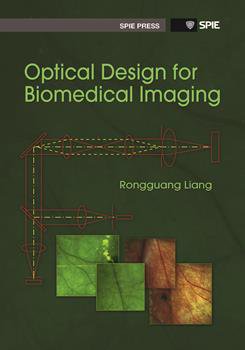|
Since it was invented by M. Minsky in 1957, confocal imaging has gradually become a widely used imaging tool in fundamental research and clinical applications. Confocal imaging is a technique for increasing the contrast of microscope images, particularly for thick specimens. It has several advantages over conventional optical microscopy, including controllable depth of field, better image quality, and the ability to collect optical sections of thick specimens. The principle and basic components of confocal imaging will be discussed in Secs. 7.1 and 7.2. Sections 7.3 and 7.4 will focus on confocal scanning systems and optical design of the objective lenses. Fiber-optic confocal imaging systems will be discussed in Sec. 7.5. 7.1 Introduction 7.1.1 Principle of confocal imaging The concept of confocal imaging is straightforward and is shown in Fig. 7.1. The illumination from the light source passes through the illumination pinhole PI and is focused on a small spot O on the object of interest. The objective lens collects the light returning back from the object and focuses the collected light onto the image plane, where a detection pinhole PD is located. This pinhole is optically conjugated with the focused spot of the objective lens, which is also the illumination point. It blocks the majority of the light coming back from outside the focused point, such as the light from spots O1, O2, and O3 (dashed line in Fig. 7.1) but passes the light that is returned from the focused point O (solid line). In the case of the reflectance confocal microscope where the illumination and detection light have the same wavelength, the beamsplitter directs part of the illumination light through the objective lens onto the object and then passes part of the reflected light that is collected by the objective lens onto the detector. Therefore, the beamsplitter introduces a light loss. For confocal fluorescence imaging, the beamsplitter is replaced by a dichroic mirror to separate the excitation wavelength and the fluorescence wavelength. Generally, dichroic mirrors are capable of reflecting and transmitting appropriate wavelengths at high efficiency (above 90%); additionally, they are often designed to reflect shorter wavelengths and to transmit longer wavelengths. Additional filters, such as the excitation filter in the illumination path and the emission filter in the detection path, are necessary to improve SNR. |
|
|


